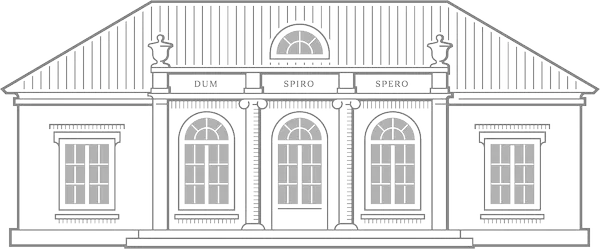Canada First Home Savings Account (FHSA)
The dream of owning your first home is one that many Canadians aspire to achieve. Especially now, saving up for a down payment can seem like a daunting task, but it never hurts to get started and that's where the First Home Savings Account (FHSA) comes into play. This government initiative is designed to try to help Canadians save for their first home by offering certain tax advantages and benefits. In this blog post, we will explore the ins and outs of the FHSA and how it can benefit prospective homeowners.
Please see the official Site here for more information and specific answers. - https://www.canada.ca/en/revenue-agency/services/tax/individuals/topics/first-home-savings-account.html
One of the key aspects of the FHSA is the contribution limits. As of 2023, individuals are allowed to contribute up to $8,000 per year and up to $40,000 total into their FHSA. Meanwhile, couples who are both eligible for the FHSA can contribute a combined total of $16,000 per year. These contribution limits are set by the government to ensure that the program remains sustainable and accessible to all Canadians.
Eligibility for the FHSA is another crucial factor to consider. To be eligible, you must be a Canadian resident and at least 18 years old. In addition, you must not have owned a home in the previous four years. This criterion ensures that the FHSA is specifically targeted towards first-time homebuyers who are in need of financial assistance.
When it comes to investments, the FHSA provides individuals with the flexibility to choose from a variety of investment options. This includes savings accounts, guaranteed investment certificates (GICs), mutual funds, and more. The choice of investment is entirely up to the account holder and their risk tolerance. It's important to note that all investment gains within the FHSA are tax-free, which can significantly boost the overall savings potential.
Coexistence of the FHSA with other savings plans is another noteworthy aspect. Canadians who already have a registered retirement savings plan (RRSP) or a tax-free savings account (TFSA) can still take advantage of the FHSA. This means that individuals can continue to contribute to their RRSP or TFSA while simultaneously saving for their first home in the FHSA. This coexistence allows for even greater flexibility in financial planning and ensures that individuals can make the most of their savings potential.
Lastly, let's touch upon the tax advantages of the FHSA. Contributions made to the FHSA are not tax-deductible, meaning that they cannot be claimed as deductions on your annual tax return. However, any investment gains within the FHSA are tax-free, which can provide substantial savings in the long run. When it comes time to withdraw funds from the FHSA for the purpose of purchasing a home, the withdrawals are also tax-free. This added incentive makes the FHSA an attractive option for Canadians looking to save for their first home.
The FHSA must be closed either after 15 years or by the end of the year you turn 71, depending on whichever comes first. Unused FHSA contributions can be transferred tax-free to an RRSP or a Registered Retirement Income Fund (RRIF). However, withdrawals not used for a home purchase are considered taxable income.
The First Home Savings Account (FHSA) is a valuable tool for Canadians looking to save for their first home. With contribution limits, eligibility criteria, investment options, coexistence with other savings plans, and tax advantages, the FHSA offers a comprehensive solution to help individuals achieve their homeownership dreams. If you're a prospective homebuyer, it's worth exploring the FHSA and taking advantage of its numerous benefits. Happy saving!
This material is distributed for informational purposes only and is not intended to provide legal, accounting, tax, or specific investment advice. Please speak to your own experts regarding your unique situation.
Categories
Recent Posts










